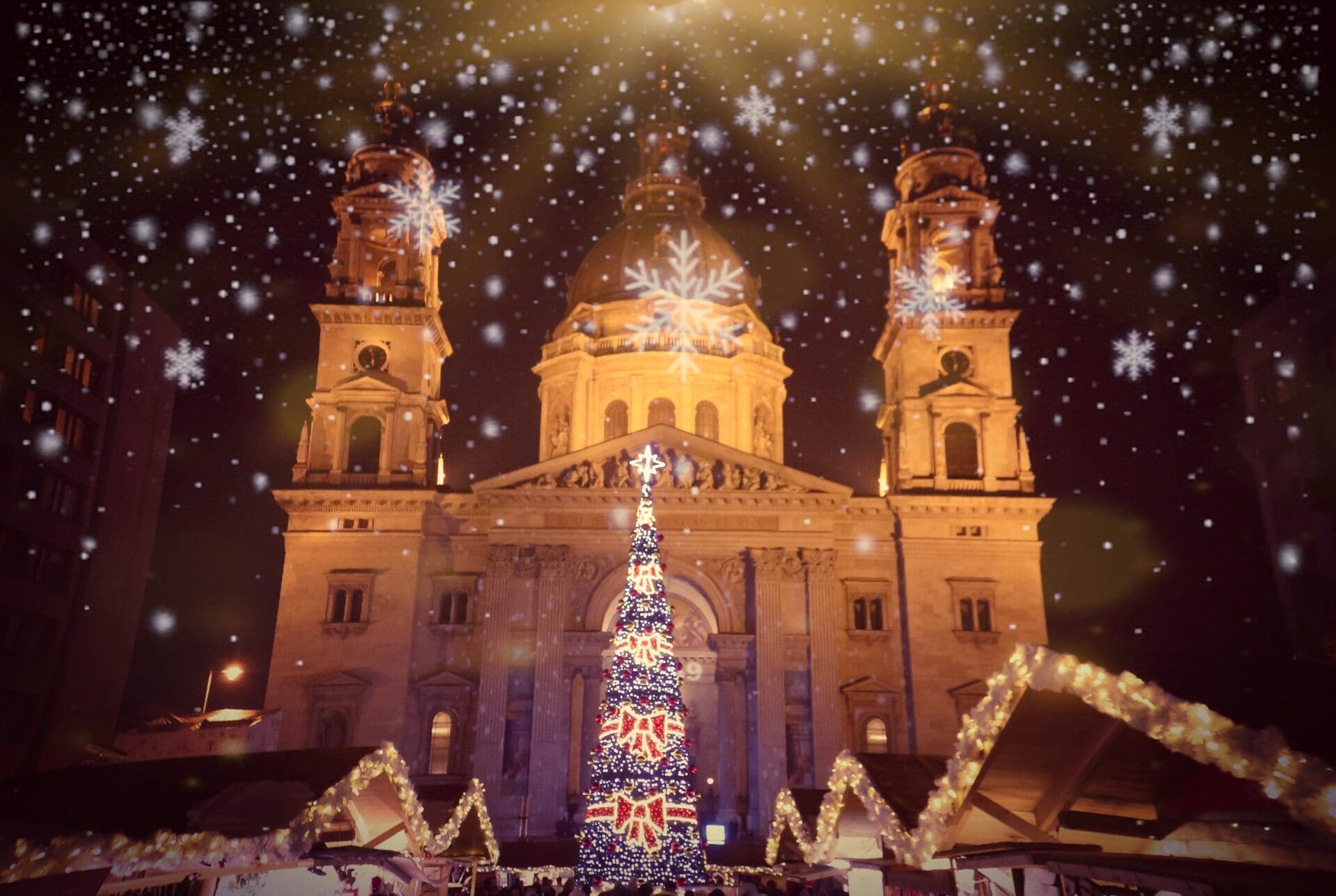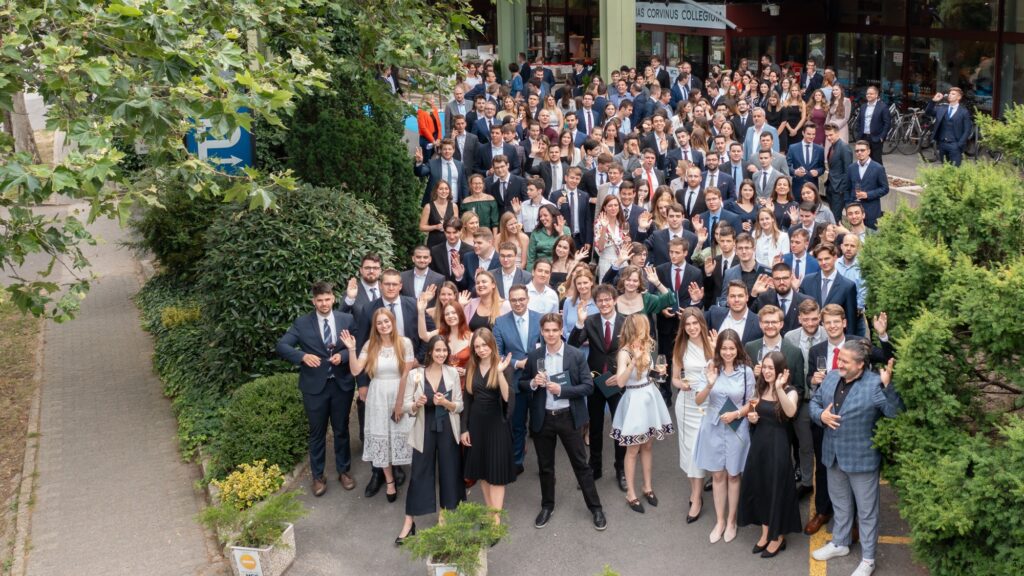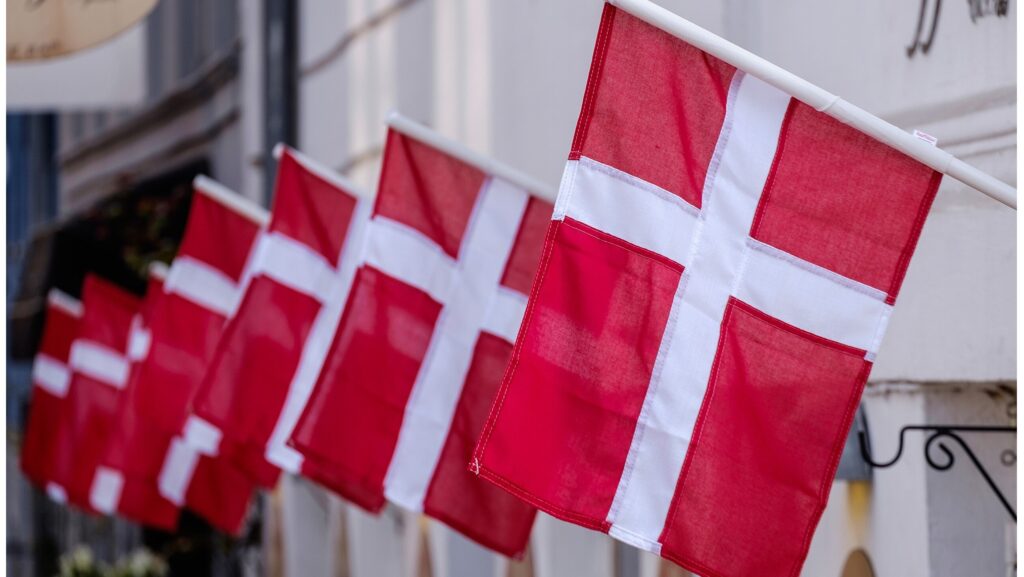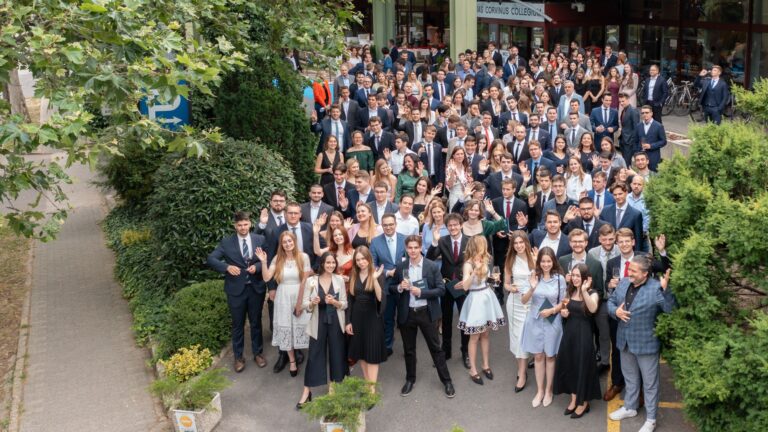Across Europe, Christmas is associated with snow-covered villages and snowy mountain peaks. Pictures of children building snowmen and of Santa Claus’s footsteps in the snow all reflect the European ideal of the the festive season.
Hungary is no different from other European countries. Every year, Hungarian newspapers, television and and radio broadcasts are full of predictions about whether there will be snow at Christmas or not.
A couple of years ago, a study[1] dedicated to uncovering Hungarian perceptions related to a white Christmas found that snowing during the celebration positively influences Hungarians’ holiday mood. Hungarians are excited about the views of snowy gardens, squares and buildings during Christmas Eve while enjoying mulled wine at the country’s beautiful Christmas markets.
The excitement about having a white Christmas is so deeply embedded in Hungarian Christmas preparations
that the vast majority of surveyed Hungarians reported to have paid close attention to weather forecasts about the weather on Christmas Eve, awaiting a white Christmas.
Sadly, despite all the excitement, the country rarely has a white Christmas. While generally the phrase white Christmas refers to the presence of snow on Christmas Eve or on Christmas Day, it can assume slightly different meanings in various European countries. In Sweden, for instance, Christmas is considered to be ’white’ if there is at least one centimetre of snow on the ground. As opposed to the Swedish definition, in the United Kingdom even a little snowfall on Christmas Eve makes Christmas white. In Hungary, on the other hand, there is no settled definition of what counts as a white Christmas, therefore, it is far from obvious how to measure the number of ‘white Christmases’ Hungary has had in the previous years. If we adopt the UK definition of white Christmas, between 1901 and 2010 the Eastern Hungarian city of Debrecen experienced the most white Christmases.
In Debrecen, it snowed in 34 out of 109 years on 25 December.
Using the same definition, in the past 109 years Budapest and Pécs had 30 white Christmases, while Szombathely had snow on 25 December only 29 times. Of the five cities (Budapest, Pécs, Szeged, Debrecen and Szombathely) included in the 2020 study, Szeged had the smallest number of white Christmases—a mere 11 in 109 years.
While in the above UK definition of ’white Christmas’ it is the instances of snowing that count, in the Swedish definition the emphasis falls on the presence of a snow cover. According to this definition, snowing on 25 December matters less than the presence of a snow cover on the same day—in other words, if it had snowed earlier and the snow did not melt until the 25th, Christmas is still ‘white’. Assessing the number of white Christmases in Hungary according to the Swedish definition, the Southern Hungarian city of Pécs comes first with the most white Christmases in the past 109 years—13 altogether. Szeged is last place also according to this definition:
there have been only four white Christmases in the last 109 years.
Between 1901 and 2010, it was only in 1906 that of the five cities in the study were covered by snow on 25 December. In other words, while Hungarians are very excited about and are awaiting a white Christmas every year, the chances of actually having one are quite slim.
Interestingly, the study also found that snow during the winter holiday season was the most frequent in the 1930s and the 1960s, while nowadays there are significantly fewer white Christmases in Hungary. The rise in global average temperatures is most likely behind this phenomenon: between 1950 and 2010, in every decade, there was snow on the highest mountain peak in Hungary (Kékes in the Mátra mountains in Northern Hungary) in eight out of ten years. In the past decade (2010–2020), however, snow covered the peak on Christmas Day in only three out of the ten years.
[1] Csilla Simon, Anna Kis and Rita Pongrácz, ’Milyen Gyakoriak a fehér karácsonyok Magyarországon?’, Légkör, Volume 65, 2020.








